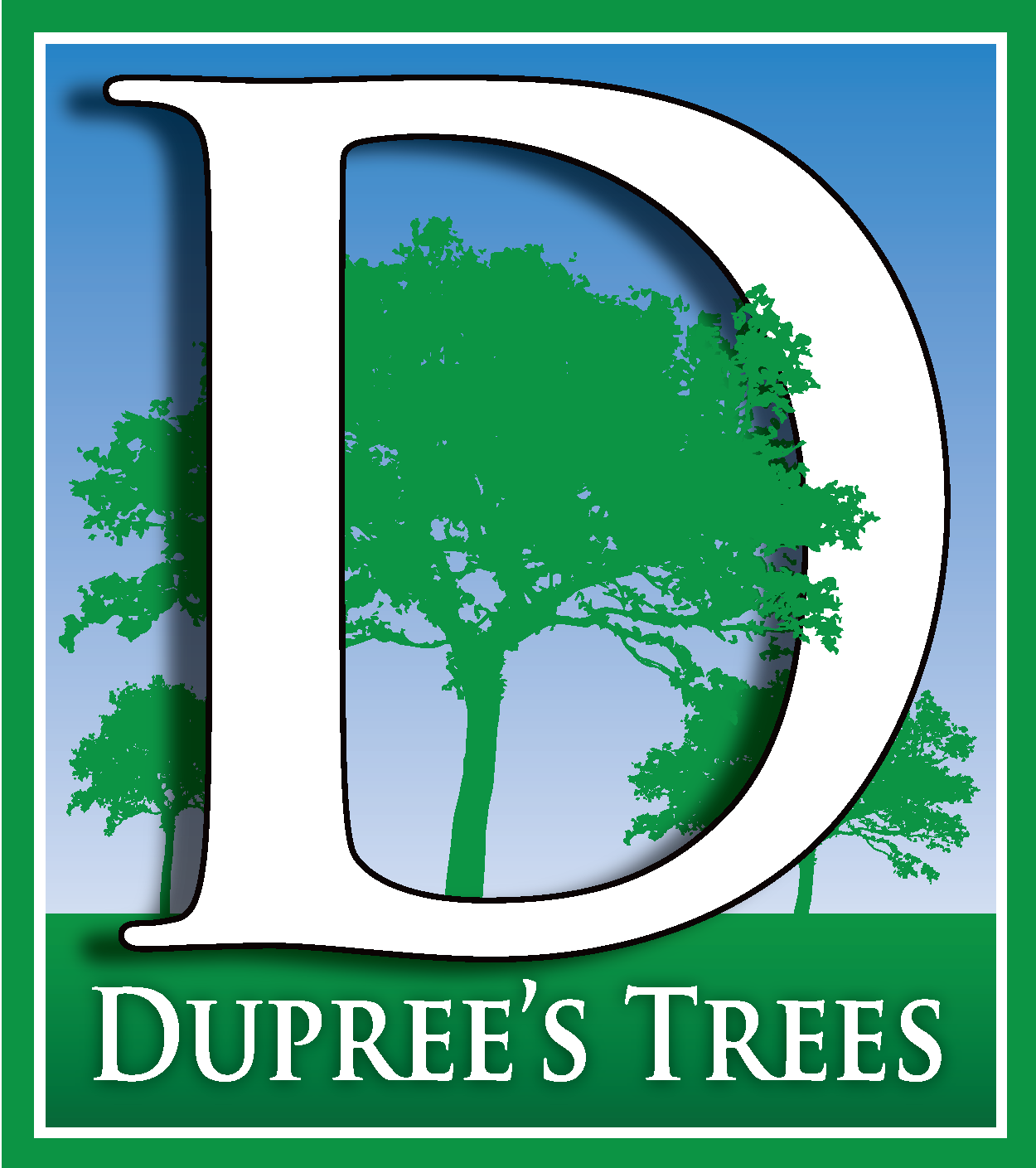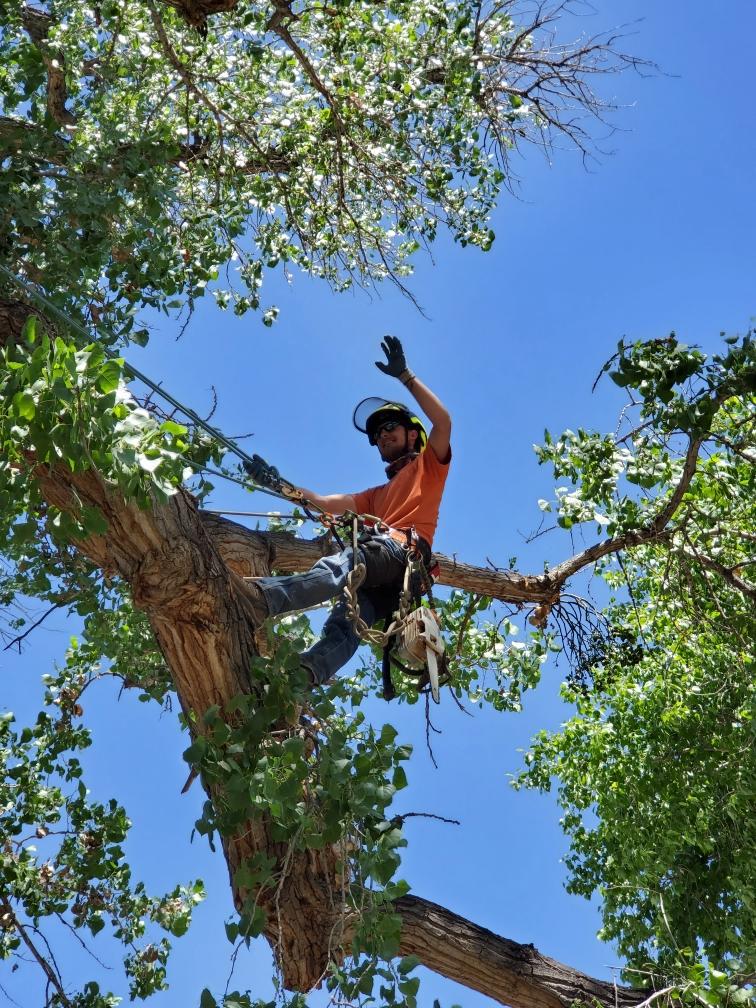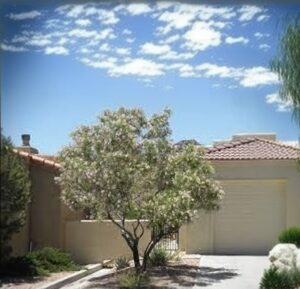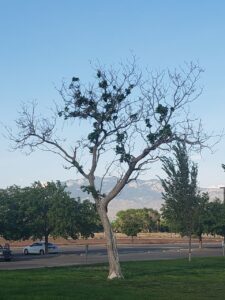Picture this: You’re at a dinner party, and suddenly, amidst the clatter of wine glasses and the hum of conversation, someone pipes up with, ‘My tree’s been looking a bit strange lately.’ Heads turn, suggestions fly, and two guests emerge as the tree whisperers: one claims to be an arborist, and the other, is a tree surgeon. But what’s the difference between an arborist and a tree surgeon? Are you confused about who to turn to? You’re not alone! Let’s delve into the lively world of tree experts and unravel the intriguing difference between an arborist and a tree surgeon. Grab your pruning shears, and let’s get to the root of this.
Arborist versus Tree Surgeon: What’s the difference?
The terms “tree specialist,” “arborist,” and “tree surgeon” are often used interchangeably, but there are some differences between them. Here are the general distinctions:
What is an Arborist?
- Arborists require a more formal education and study trees in-depth.
- They have a comprehensive understanding of tree biology, care, and maintenance.
- Arborists focus on the overall health and well-being of trees and provide services such as tree pruning, tree planting, and tree removal.
- They can diagnose tree diseases, identify pests, and recommend appropriate treatments.
- Arborists may hold certifications to demonstrate their expertise.
What is a Tree Surgeon?
- Tree surgeons gain their experience through practical work in the field.
- They specialize in the physical aspects of tree care, such as tree trimming, felling, and other tasks required for proper tree health.
- Tree surgeons may not have formal education or certifications but can acquire extensive training and experience.
- The term “tree surgeon” is often used colloquially to describe professionals who work on trees but may not have the same level of knowledge as certified arborists.
In summary, while there may be some overlap between the roles of arborists and tree surgeons, arborists typically have a more formal education and a deeper understanding of tree biology and care. They focus on trees’ overall health and well-being, while tree surgeons specialize in the physical tasks required for tree maintenance. It’s important to note that the qualifications and expertise of individuals may vary, so it’s always recommended to research and choose professionals who have the necessary knowledge and experience for the specific tree care needs.
When to hire an Arborist:
- For overall tree health and maintenance, including tree pruning, planting, and removal.
- For diagnosing tree diseases, identifying pests, and recommending appropriate treatments.
- For tree risk assessments and hazard evaluations.
- For tree preservation and conservation.
- When dealing with larger trees or more complex tree care needs.
When to hire a tree surgeon:
- For physical tasks required for tree maintenance, such as tree trimming, felling, and stump removal.
- For emergency tree removal or storm damage cleanup.
- For smaller trees or less complex tree care needs.
It’s important to note that the qualifications and expertise of individuals may vary, so it’s always recommended to research and choose professionals who have the necessary knowledge and experience for the specific tree care needs. Tree surgeons can work side-by-side with arborists, but rarely would they call themselves that when actual arborists are on the job.
What education is required to become an Arborist?
Education is one of the biggest differences between an Arborist and a tree surgeon. To become an arborist, one can take different educational paths. Here are the requirements:
- At least a high school education is required to work as an arborist
- Many arborists have at least an associate degree
- Some arborists do not have any formal education past high school, but they gain experience and knowledge through on-the-job training
Educational options:
- Take classes in botany, chemistry, horticulture, and plant pathology
- Enroll in an arboriculture program at a local college or university
- Complete specialized training and certification programs
- Arboriculture may be available as an associate’s degree or as a minor along with a four-year forestry or horticulture program
In summary, while a high school education is the minimum requirement to become an arborist, many arborists have at least an associate degree. Different educational options are available, including taking classes in related fields, enrolling in an arboriculture program, or completing specialized training and certification programs. Gaining experience and knowledge through on-the-job training is also common for some arborists.
What education is required to become a tree surgeon?
The educational requirements to become a tree surgeon are generally less formal than becoming an arborist:
- The minimum educational requirement for a tree surgeon is a high school diploma or equivalent.
- Some tree surgeons may have at least a bachelor’s degree, although it is not a common requirement.
- Unlike arborists, tree surgeons typically do not need specialized degrees or certifications in arboriculture or forestry.
- Tree surgeons often gain practical experience and knowledge through on-the-job training and apprenticeships.
In summary, the educational requirements to become a tree surgeon are generally less formal compared to becoming an arborist. A high school diploma or equivalent is typically the minimum requirement, although some tree surgeons may have a bachelor’s degree. Practical experience and on-the-job training play a significant role in becoming a tree surgeon.
The Perfect Blend of Knowledge and Skill with Duprees Trees
Understanding the nuanced differences between an arborist and a tree surgeon makes it clear: tree care isn’t a one-size-fits-all job. Like any living entity, trees require a blend of academic knowledge and hands-on expertise for their best care.
That’s where Duprees Trees shines. We pride ourselves on having both arborists and tree surgeons on staff. This unique combination ensures that our clients benefit from expert insights on tree health and get precise, skilled execution for hands-on tasks. From diagnosing a tree disease to performing intricate surgeries, we custom-tailor our services to meet your tree’s specific needs.
So, why settle for one when you can have the best of both worlds? Contact Duprees Trees today, and let us provide holistic care to ensure your trees thrive and beautify your environment for years to come.





